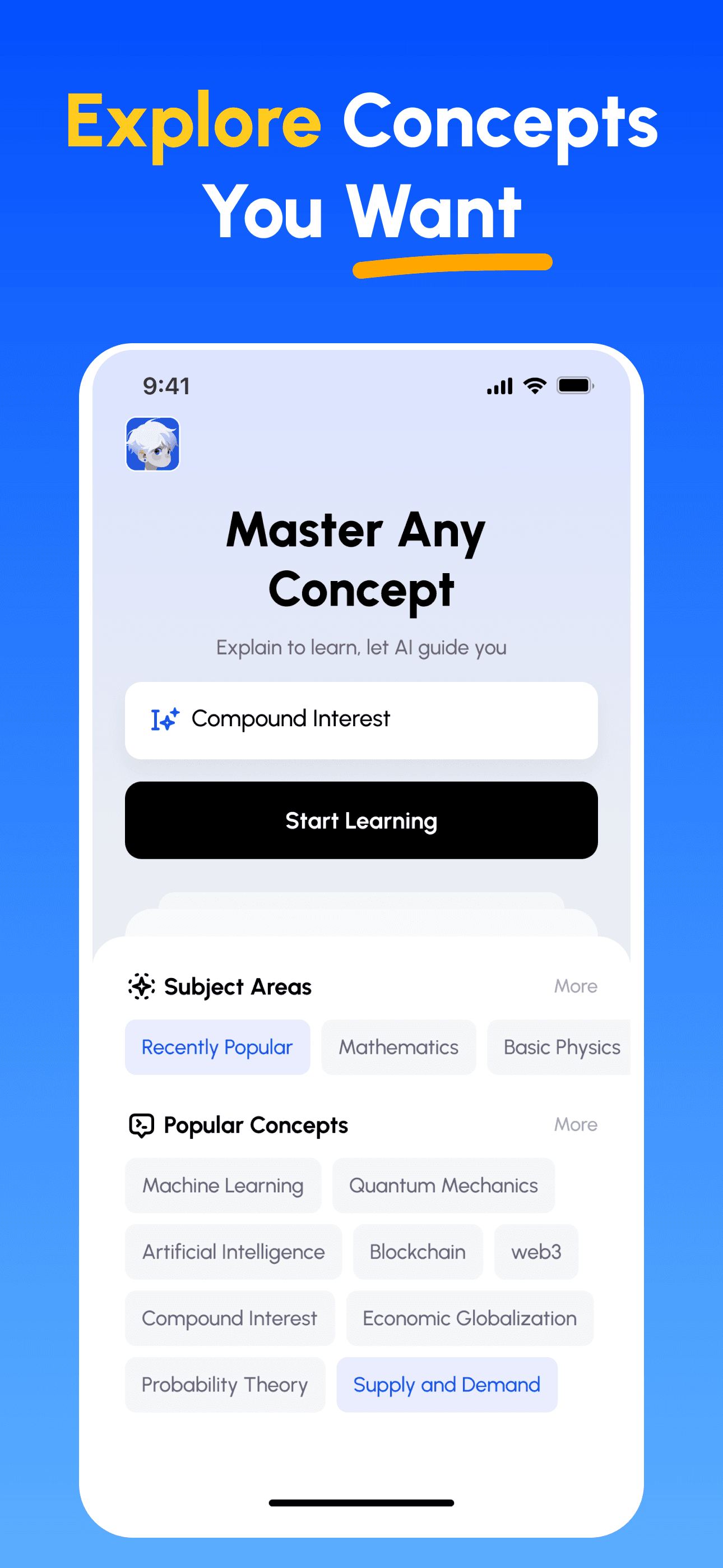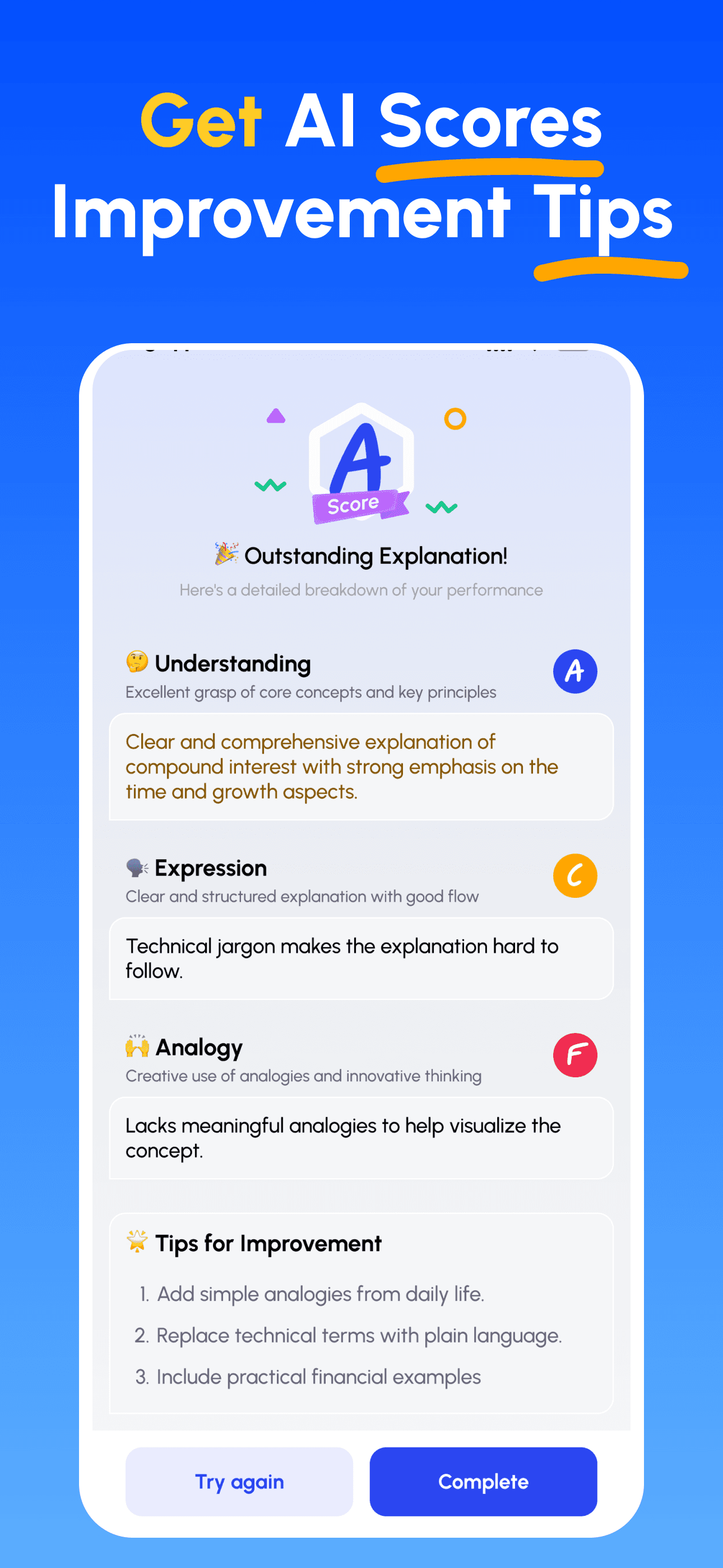Muscle Movement
Muscles work by contracting and relaxing to pull on bones, allowing us to move our body parts like a puppet with strings.
Brief Introduction
Our body moves through an amazing system that works like a puppet show happening inside us. 🦾 Muscles are attached to our bones by tough cords called tendons, and when our brain sends signals, muscles pull on these connections to create movement. It's similar to how pulling strings makes a puppet dance, except our muscles are the strings and our bones are the puppet parts.
Main Explanation
Signal and Response 🧠
It's like pressing a button on a remote control - your brain sends an electrical signal through nerves to your muscles, telling them to move. When the signal arrives, the muscle knows exactly what to do.
Team Work 💪
Muscles work in pairs, like two people playing tug-of-war. When one muscle contracts (pulls), its partner relaxes (lets go). For example, when you bend your arm, your bicep contracts while your tricep relaxes.
Energy Use ⚡
Think of muscles like rechargeable batteries - they need energy to work. They get this energy from the food we eat, just like how a car needs fuel to move. The more you move, the more energy your muscles need.
Movement Types 🤸♀️
Muscles can make different types of movements, like a Swiss Army knife with multiple tools. They can push, pull, lift, or hold things steady, depending on what you need to do.
Examples
- When you pick up a cup of water, your bicep muscle contracts like a pulling rope while your tricep relaxes, bringing the cup to your mouth.
- Walking involves muscles working like alternating pistons in an engine - when your front leg muscles contract to move forward, the back leg muscles relax to allow the movement.
- Smiling happens when small facial muscles contract like tiny puppet strings, pulling your cheeks and lips upward to create the expression.
How Feynman AI Guides Your Learning
- Choose Any Concept: Start from a topic you want to master — browse curated subjects or enter your own.
- Learn Essentials: Skim clear, structured explanations, key terms and common pitfalls to form a solid mental model.
- Explain & Get Feedback: Record your explanation (voice or text). Get instant analysis on depth, clarity, structure and example quality.
- Review Scores & Improve: Follow targeted tips, refine your explanation and iterate until you can teach it simply.
Download Feynman AI Now
Start your learning journey today!




